How does the septic system work?
All water runs out of your house from one main drainage pipe into a 500 gallon septic tank. The 500 gallon septic tank is a buried, water-tight container usually made of concrete, fiberglass, or polyethylene. Its job is to hold the wastewater long enough to allow solids to settle down to the bottom forming sludge, while the oil and grease floats to the top as scum. Compartments and a T-shaped outlet prevent the sludge and scum from leaving the tank and traveling into the drainfield area.
The liquid wastewater (effluent) then exits the tank into the drainfield.
The drainfield is a shallow, covered, excavation made in unsaturated soil. Pretreated wastewater is discharged through piping onto porous surfaces that allow wastewater to filter through the soil. The soil accepts, treats, and disperses wastewater as it percolates through the soil, ultimately discharging to groundwater. If the drainfield is overloaded with too much liquid, it can flood, causing sewage to flow to the ground surface or create backups in toilets and sinks.
Finally, the wastewater percolates into the soil, naturally removing harmful coliform bacteria, viruses and nutrients. Coliform bacteria predominantly inhabits the intestines of humans or other warm-blooded animals. It is an indicator of human fecal contamination.
Bacteria are what makes a septic system work. They break down waste, leaving water clean enough to safely percolate down into the earth. The whole system is designed to keep bacteria healthy and busy. Some live in the tank, but most do their work in the drain field.
All waste flows to the septic tank. Watery waste, called “effluent,” fills most of the 500 gallon septic tank. Anaerobic bacteria begin breaking down the organic material in the effluent. A layer of sludge falls to the bottom. Sludge is composed of inorganic solids and the byproducts of bacterial digestion. A layer of scum floats to the top. Scum is primarily composed of fats, greases and oils. The 500 gallon septic tank acts like a settling pond. Greases and oils float to the top. Heavier solids sink to the bottom. A filter prevents most solids from entering the outlet pipe.
Effluent flows to the drain field. The drain septic field provides a large area where bacteria can thrive and treated water can seep into the ground. Holes in the drain septic field pipe allow effluent to seep into surrounding gravel. Gravel around pipes allows water to flow into soil and oxygen to reach bacteria. Aerobic bacteria in gravel and soil complete decomposition of the waste. Clean water seeps down into the groundwater and aquifer.
Integrated bio septic tank
Structural and Technical Principles
The integrated bio septic tank is a barrel-shaped device made of glass fiber reinforced plastic and reinforced plastic. There are septic storage bins and filter bins inside. The bin walls are covered with fibers and mesh materials suitable for biofilm formation, forming a multi-level biofilm Processing device. Microorganisms grow attached to the surface of the carrier. The domestic sewage is first discharged into the feces storage bin. Under the action of microorganisms, after precipitation and preliminary acidification and hydrolysis, the biofilm filter material composed of microbial carriers is filtered into the filter bin, and flows step by step in the filter bin, and is filtered repeatedly. The organic matter in the sewage can be precipitated, filtered and decomposed, and the generated methane, carbon dioxide, ammonia, hydrogen sulfide and other gases are discharged into the sky through the exhaust pipe. The integrated bio septic tank puts the traditional regulation
Pool, sedimentation tank, fermentation tank and filter tank are integrated in one container, the degradation route of sewage is extended, the effluent impurities are few, and due to sufficient anaerobic, there is less residual dung, nitrogen and phosphorus are also degraded better, and the purification efficiency improve. The integrated bio septic tank has the following characteristics: 1. Domestic sewage and feces enter the manure storage bin from the water inlet pipe. It plays a sealing role in the feces storage bin, which is beneficial to the anaerobic fermentation of fecal sewage. 2. The space between the manure storage bin and the filter bin is separated by a large area of semi-soft filter material.
Separate, all the sundries entering the manure storage bin are blocked in the manure storage bin, which not only has the function of a grille, but also does not need to be frequently cleaned to retain dirt like the grille pool. 3. Each warehouse is equipped with a closed partition, which is equivalent to an oil-repelling baffle. It is difficult for various floating oils to enter the next warehouse under the barrier of the partition, thus having the function of the grease trap. 4. Feces and sewage enter the feces storage bin from top to bottom, the flow rate and direction are adjusted, the feces and water are separated, and the precipitated sludge is acidified and hydrolyzed under the action of anaerobic and facultative bacteria. Both have precipitation and fermentation functions. 5. The filter chamber is equivalent to the traditional bio filter tank, and the traditional upflow or downflow filtration is improved to a novel advection filtration,
It is not only conducive to the biofilm formation and water flow, but also avoids the clogging of the filter material of the traditional biofilter. 6. There is a slag removal port with a diameter of 40 cm in the center of the septic tank cover, and there is an easy-to-open mouth cover, which makes it very easy to clean the dung. 7. Each warehouse is equipped with a counterflow hole, and the excess mud can be cleaned after cleaning the manure.
When the slag is discharged into the manure storage bin automatically through the counterflow hole, it is very convenient to remove it together with the slag.
Role and benefit
At present, many large and medium-sized cities are extensively carrying out environmental improvement work, but in terms of sewage treatment, they generally do not pay enough attention to the renovation of old-fashioned ordinary septic tanks. A large number of old-fashioned septic tanks discharge sewage directly into the river through the drainage pipe network, which is an important factor that makes urban river water difficult to manage.
In areas covered by sewage treatment plants, sewage is still discharged into rivers through rainwater pipes, and sewage is discharged into rainwater pipes at will. Although many cities have carried out large-scale sewage interception and diversion of rain and sewage, the underground pipelines are intricate, and it is difficult to completely divert rain and wind. The pollution of septic tanks belongs to the source of pollution, if not treated, the effect of other sewage treatment will be affected. Although the dredging and water change of rivers and lakes are effective in the short term, it is difficult to achieve long-term stability.
How to install and use the bio septic tank
The integrated bio septic tank is transported to the construction site, buried in the ground according to the location and elevation requirements designed on the drawings, and connected to the pipeline for use.
There are several key points in installation and use:
The size of the pit of the pool body should be compatible with the pool body, the bottom of the pit should be leveled, and the elevation should meet the requirements. If necessary, an appropriate amount of gravel can be laid on the bottom of the pit for leveling. In areas with a high groundwater level, after the integrated bio septic tank is buried in the ground, water should be injected into the tank immediately, and then backfilled with soil to prevent the groundwater from floating the tank body. The loose body is buried in the ground, and after the surrounding soil is backfilled, a inspection well circle can be built around the slag-clearing port in the center of the pool top, and the elevation is equal to the outdoor floor, and then covered with soil. Do a good job of outdoor lawn, or plant lawns, flowers and trees. When inspecting or collecting slag in the future, open the manhole cover to open the manure storage
The slag opening cover of the bin. Before the top of the pool is covered with soil, it is necessary to connect the outlet pipe with the lower part of the rainwater pipe of the nearest house with a tee, and then cover with soil so that the decomposed waste gas in the pool can be discharged into the air through the rainwater pipe. The integrated bio septic tank usually does not require personnel maintenance, and the feces and debris in the feces storage bin can be cleaned more than once a year. When cleaning, open the cover of the slag removal port, remove the feces and debris, and then cover the cover.
351.webp)
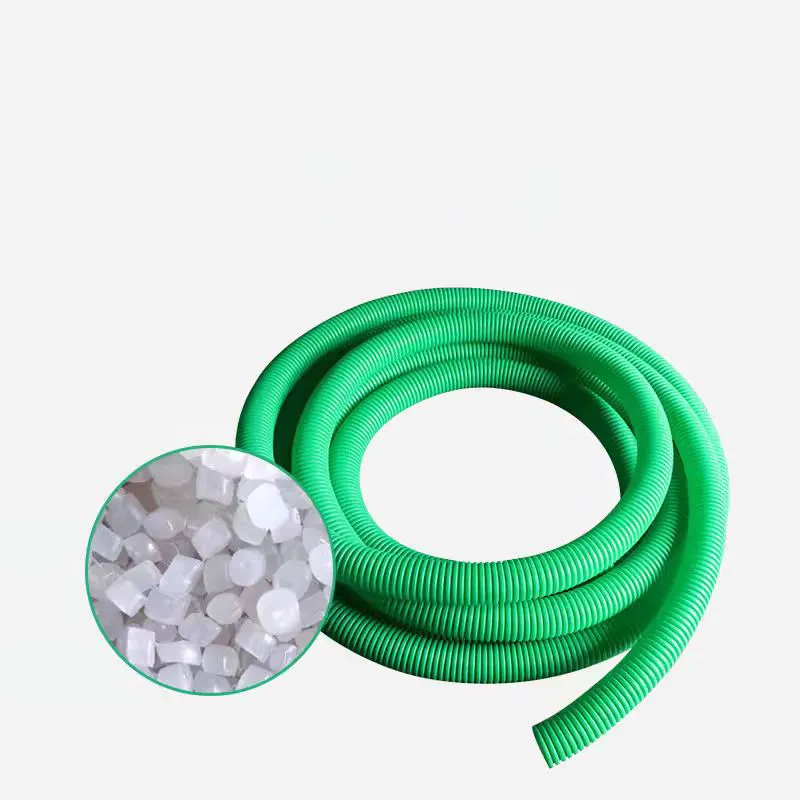
925.webp)
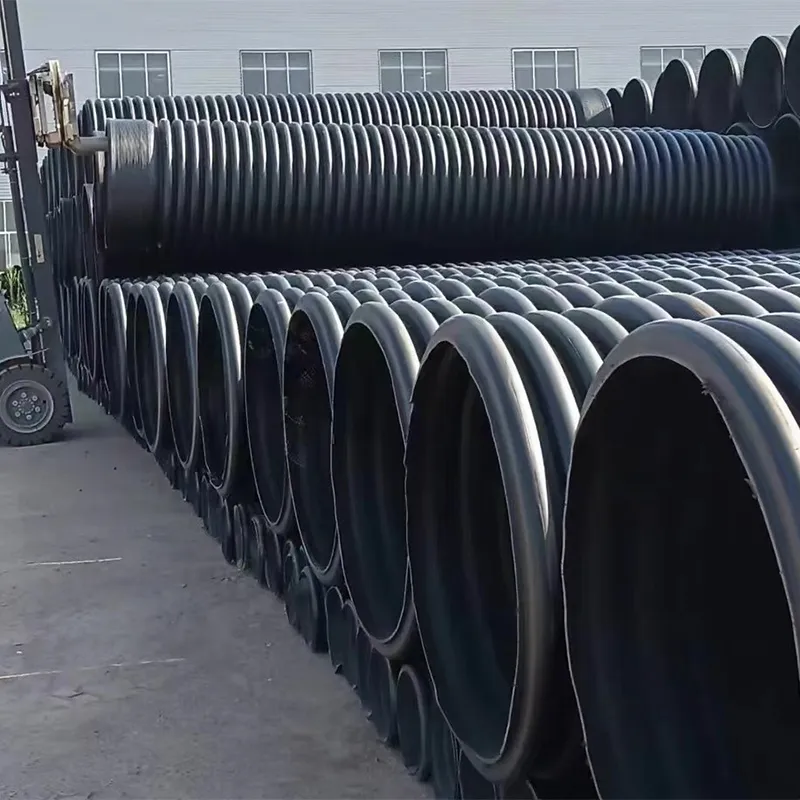
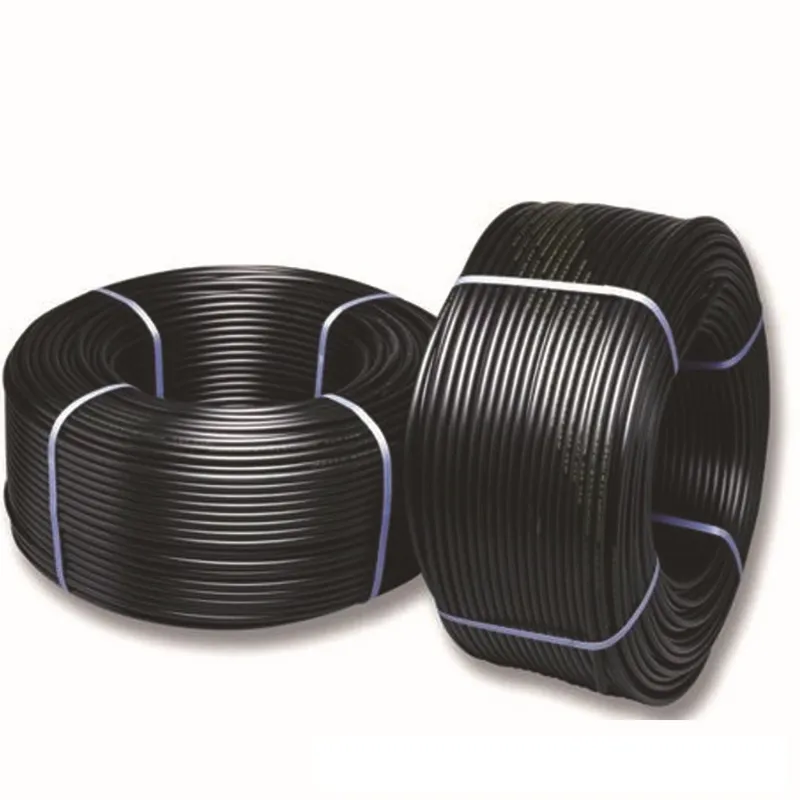
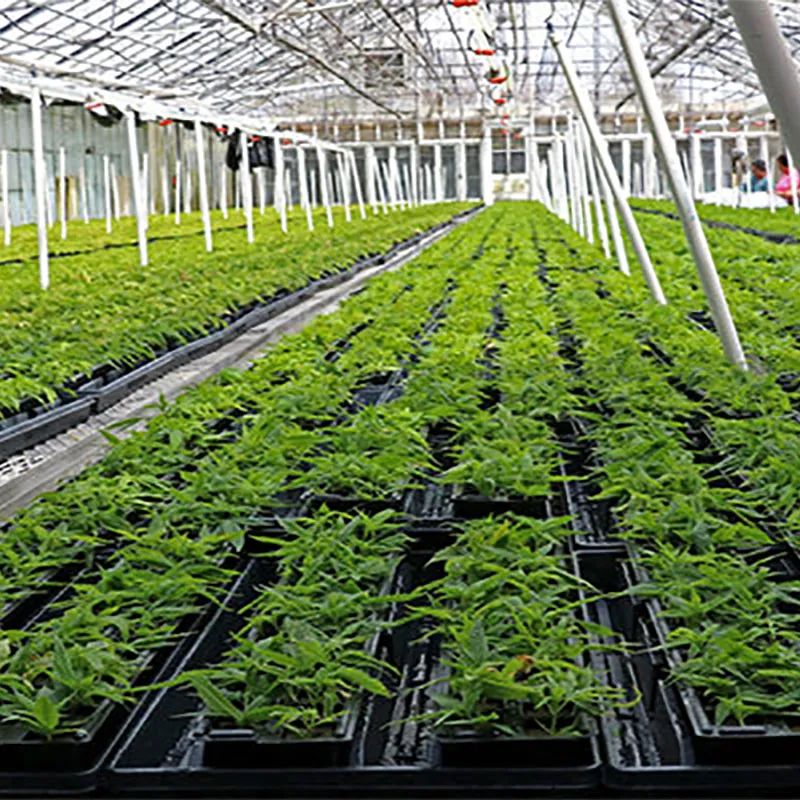
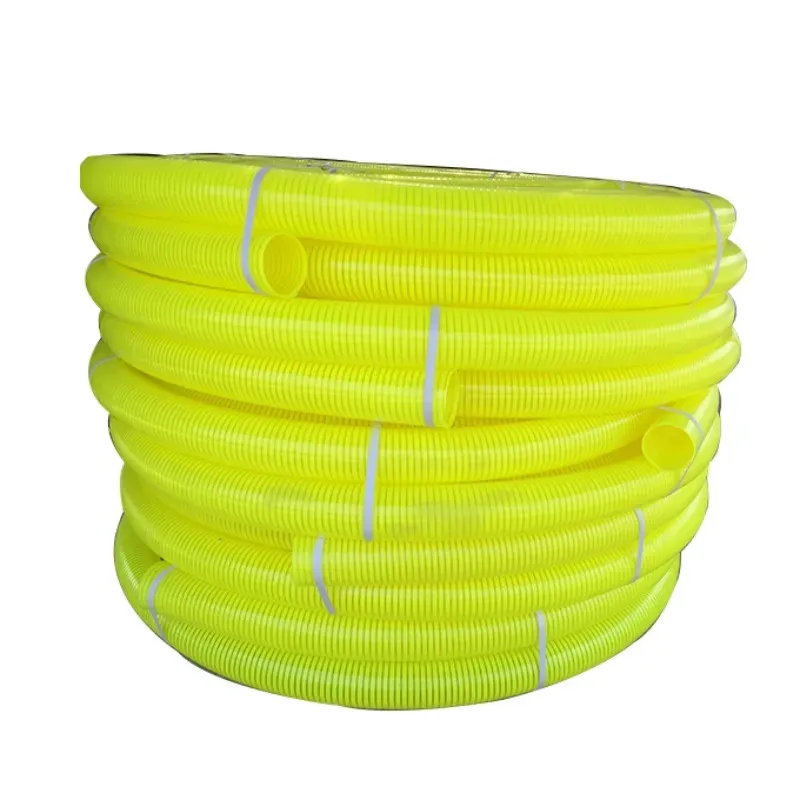
294.webp)
476.webp)
420.webp)
146.webp)
460.webp)
287.webp)
274.webp)
688.webp)


